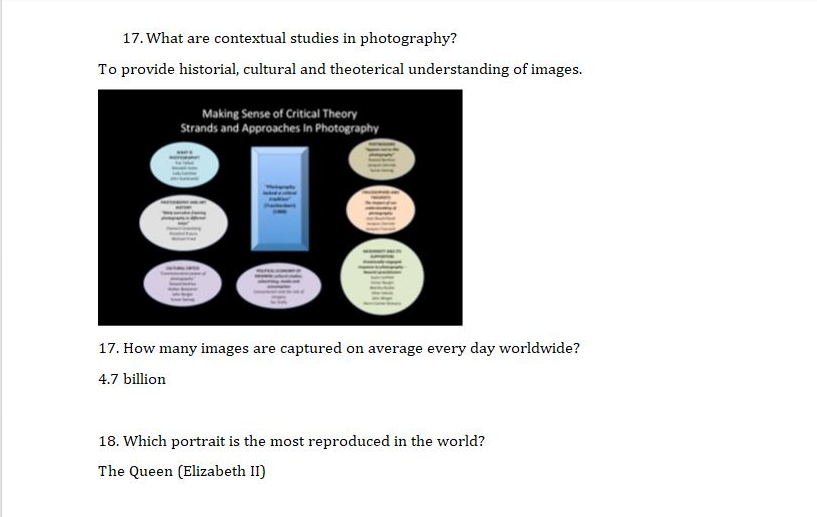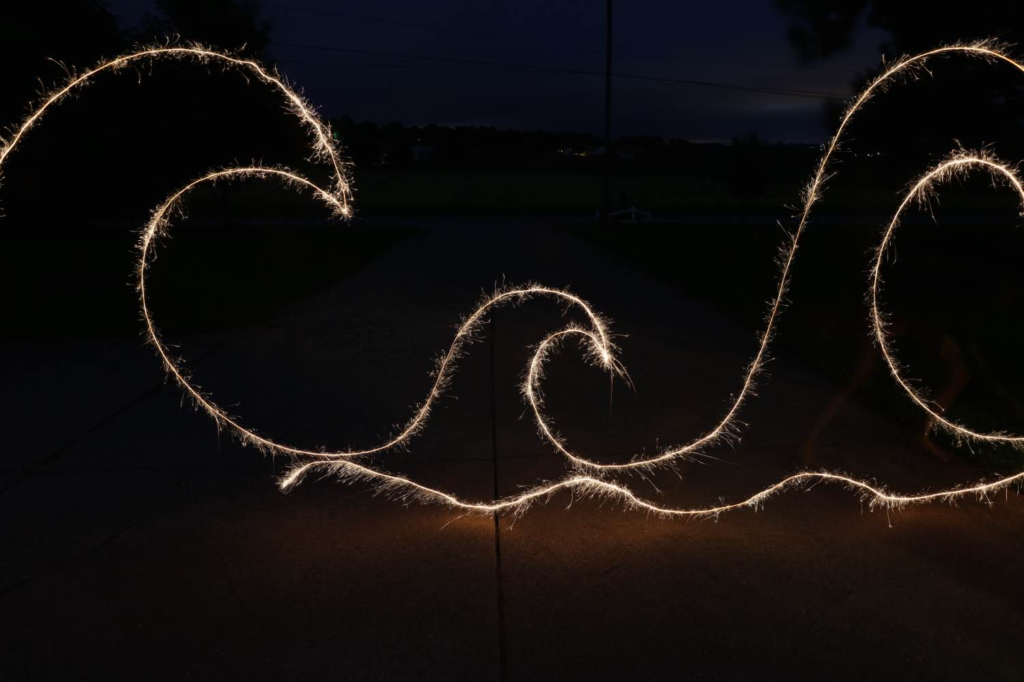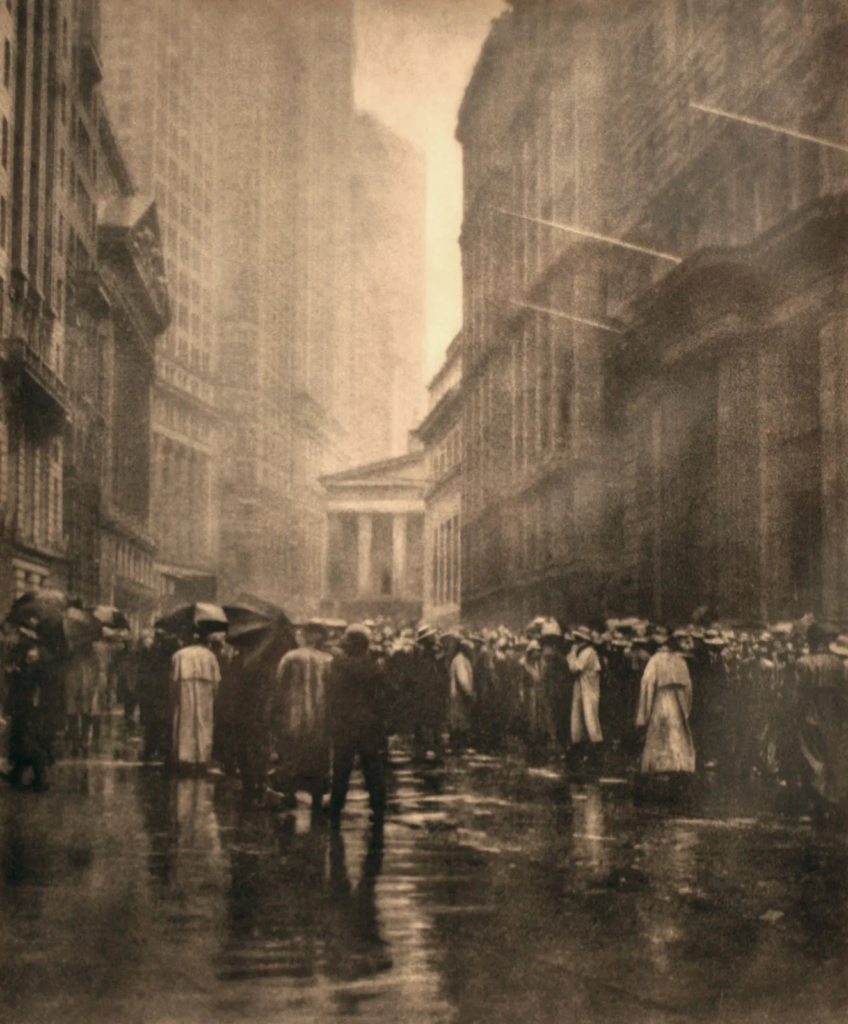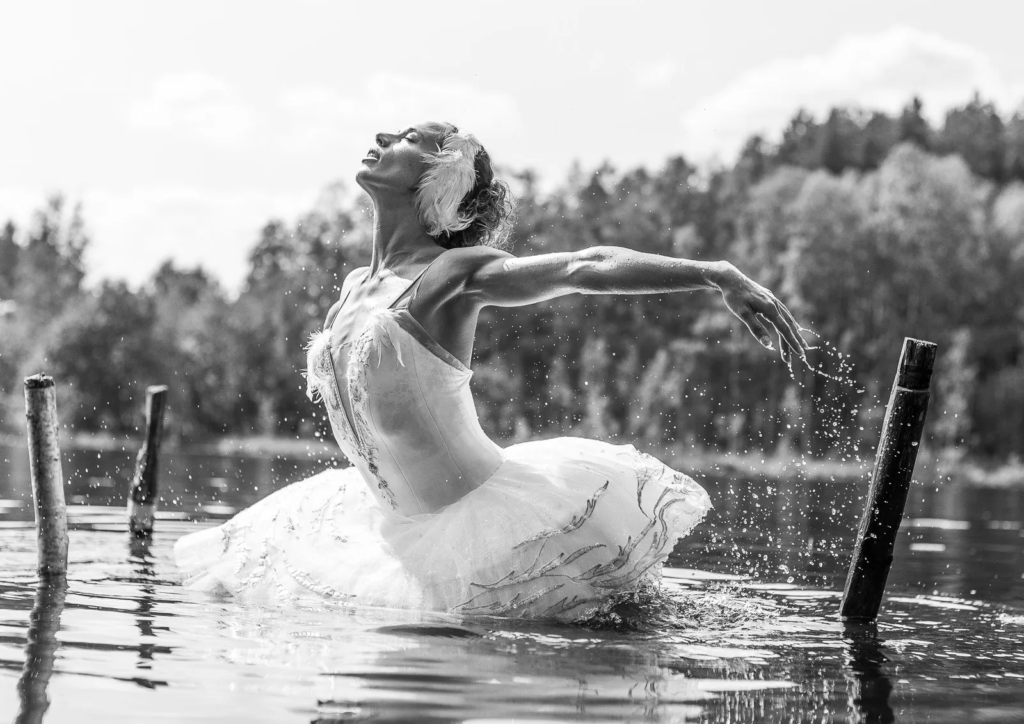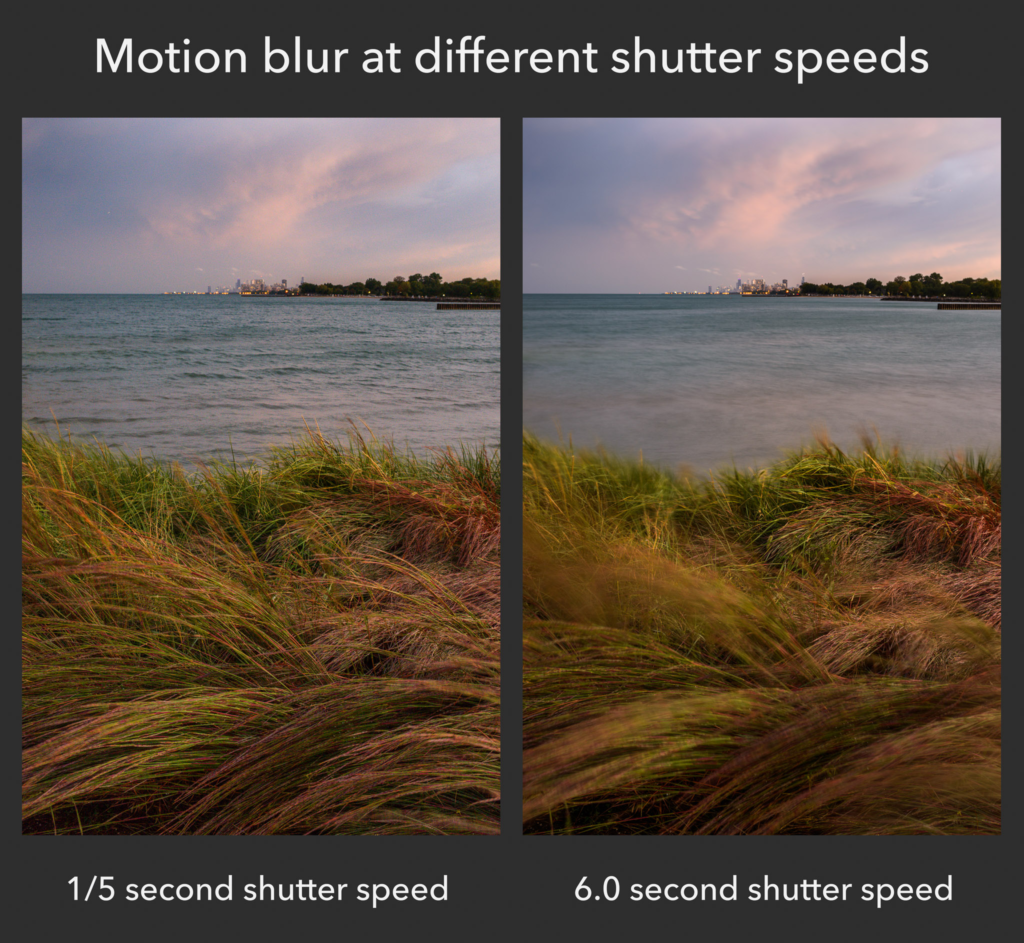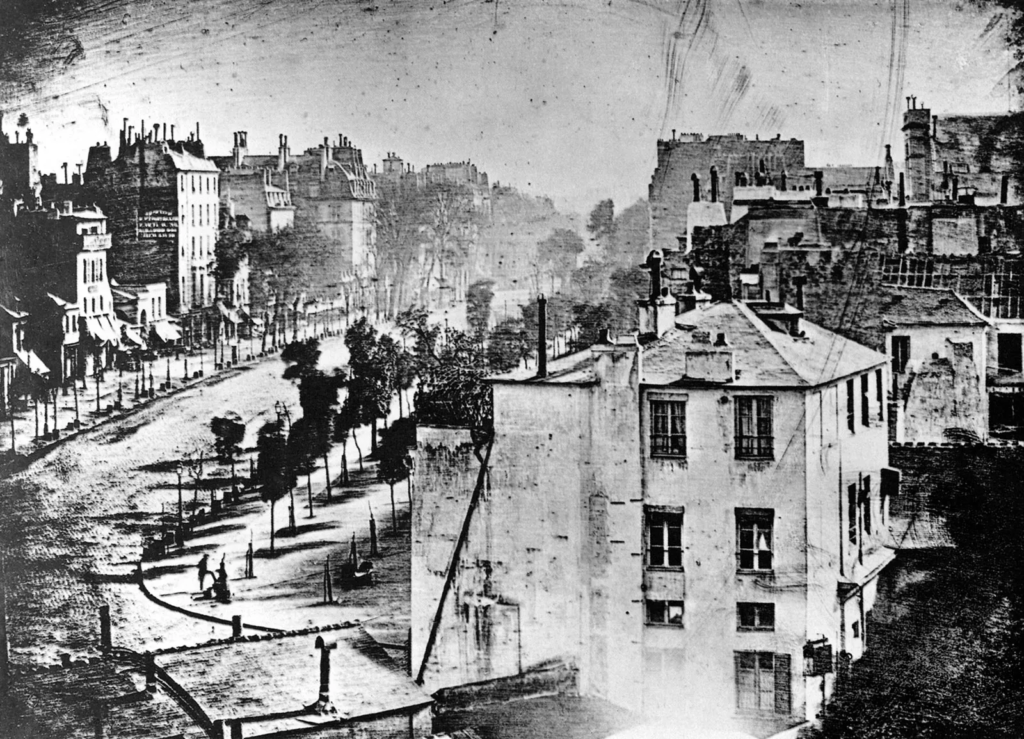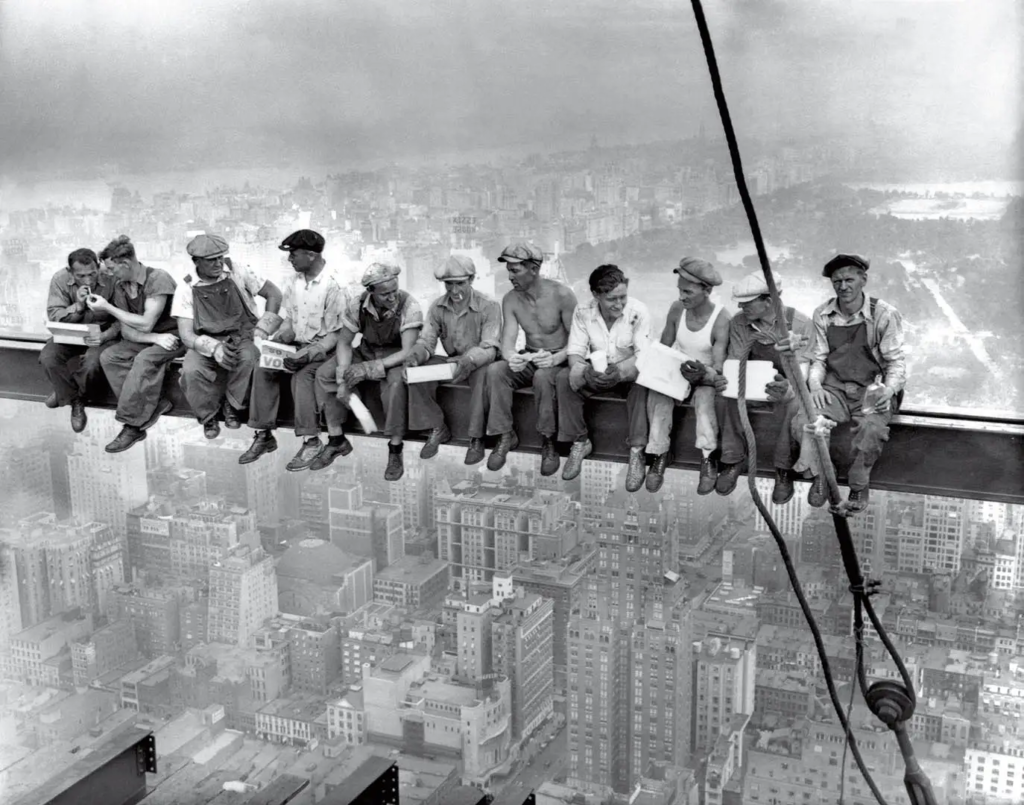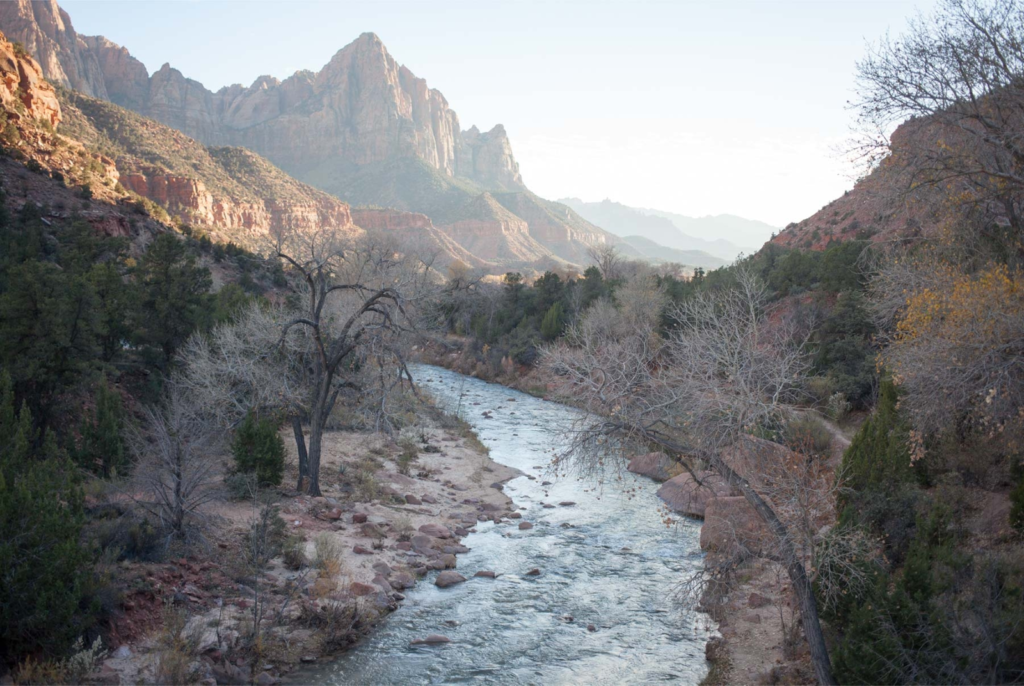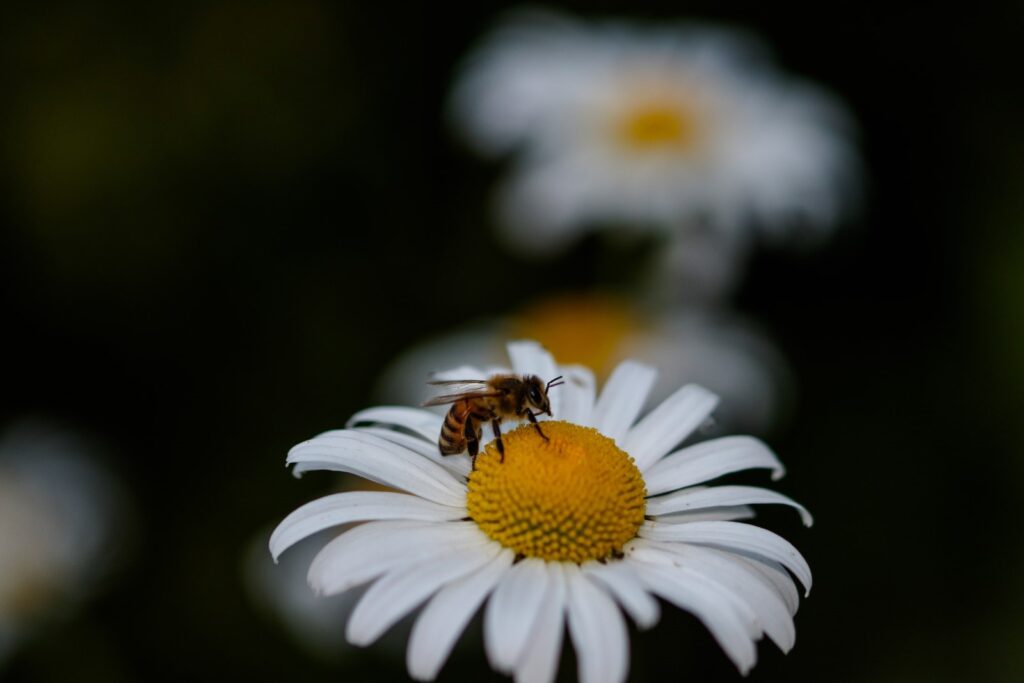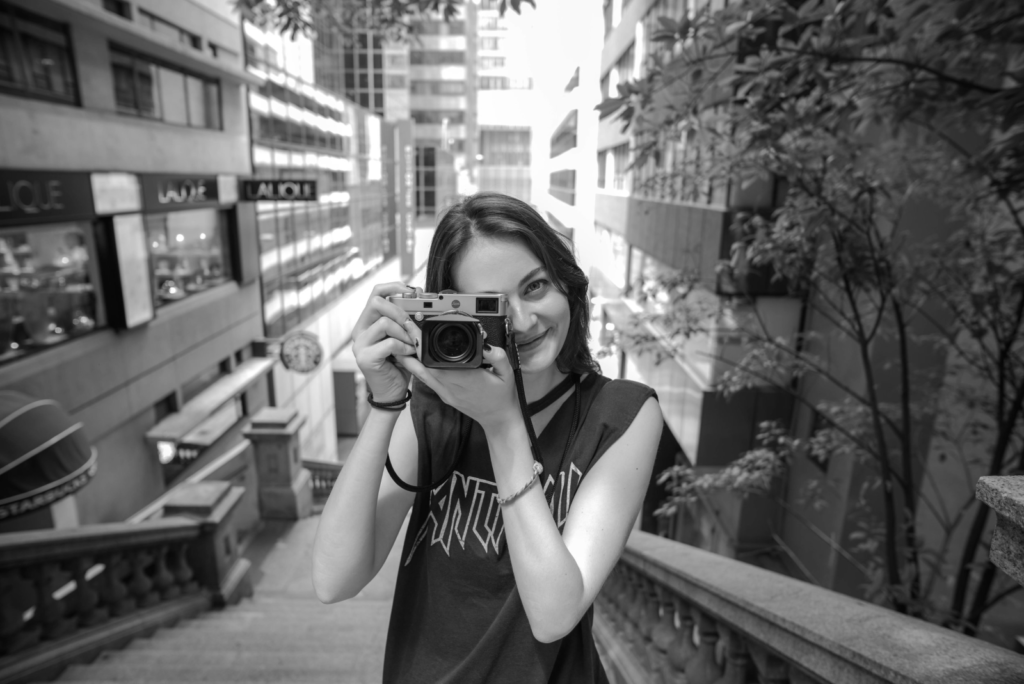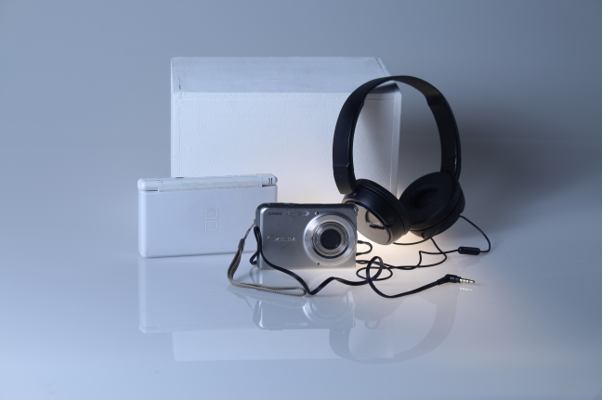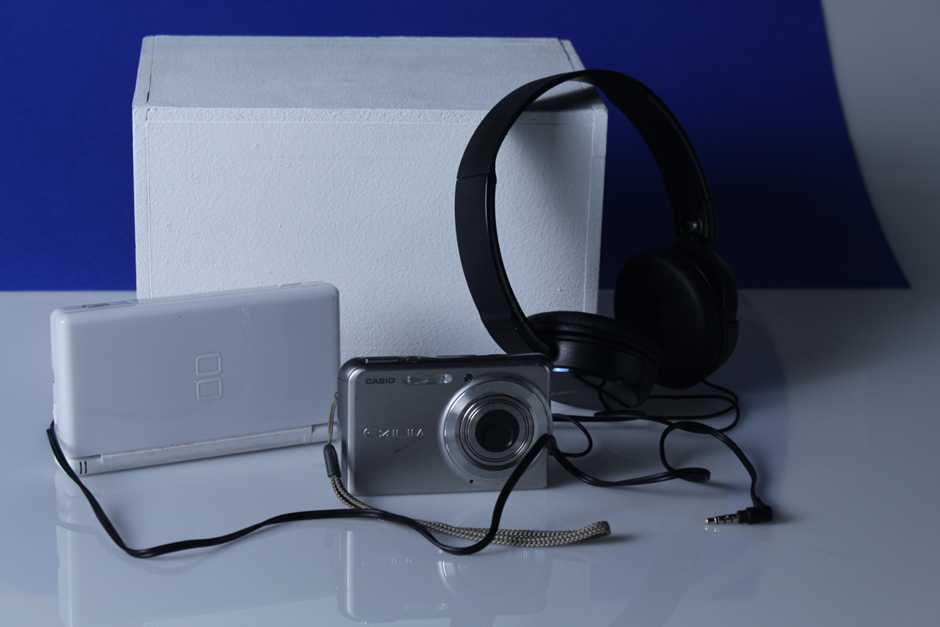
This photo has a good exposure, it also has a shallow depth of field meaning it only focuses on a small part of the image and causes the background to be blurred. It was taken using a fast shutter speed which means the motion of the propeller has been frozen in time.

This photo has good exposure, it also has a wide depth of field which means everything is in focus including the background of the photo. A slow shutter speed has also been used which causes the propeller to be blurred which gives movement to the photo.

This photo is extremely overexposed which means it is too bright. It causes some parts of the photo to be invisible as it is too bright to be able to see.

This photo is very underexposed which causes it to appear too dark.

As you can see the underexposed photo is too dark whereas the overexposed it too light. To control your exposure you use the camera’s aperture, shutter speed, and the ISO, this is also known as the exposure triangle.

As you can see the underexposed photo is too dark whereas the overexposed it too light. To control your exposure you use the camera’s aperture, shutter speed, and the ISO, this is also known as the exposure triangle.







